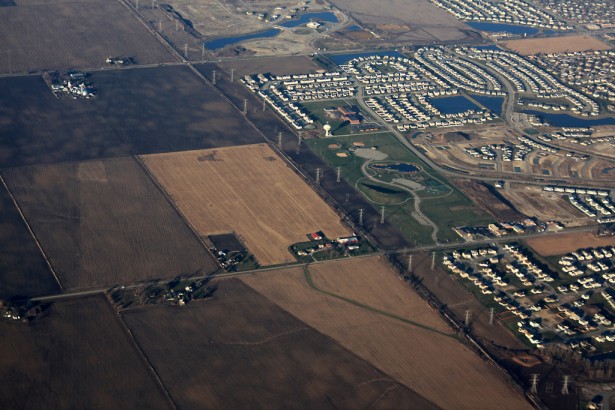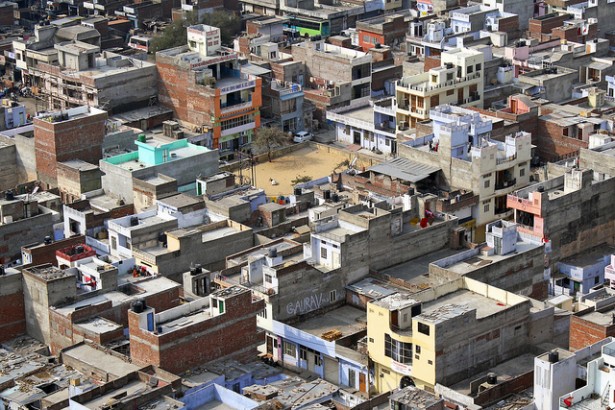
By 2050 the United Nations expects that not only will the world population increase to 9.1 billion people, but that 70% of us will live in urban areas. To put things in perspective: 50 years ago the earth held 3.2 billion people.
Urban sprawl – the expansion of urban developments on undeveloped land near a city, is a growing concern for many, including doctors who credit sprawling neighborhoods with obesity related diseases. Part of the reason, according to National Geographic, is that a commuter living an hour’s drive from work spends 500 hours or 12 work weeks in the driver’s seat annually. Collectively, traffic delays generate more than 72 billion dollars in wasted fuel and productivity each year.
National Geographic also reports that Phoenix, Arizona is spreading outward at an alarming rate of one acre an hour, and that Atlanta’s metro area is currently larger in size and population than the entire state of Delaware. Keeping with the trend, within the next 15 years the United States is expected to see 63 million more people living within its borders.
Urban sprawl in America is claiming farmland, forests, and other valuable ecosystems. Asphalt and concrete replace trees and streams, and corporations ironically name neighborhood developments after the ecosystems they destroy – Bear Creek, Oak Tree, River Valley, etc.
The United States isn’t the only country affected by urban sprawl. India has 48 cities with a population of over one million people. The United States has nine. In order to keep pace with urban sprawl, London needs to build 33,000 new homes each year. and in developing countries urban sprawl is contributing to mass pollution, and an increase in poverty, disease, and corruption.

To many, the effects of urban sprawl is an unavoidable reality, others disagree and are working to find new and innovative ways to tackle this ongoing issue. Architect Andrew Maynard believes the answer is in future design:
”Good design is fundamental. I firmly believe small, well-designed space is healthier and richer for everyday life. We work hard on new and existing structures to bring them back to life and maximise their potential and connection to green space.”
Others believe the focus should be on bettering global health practices and economic sustainability methods. Regardless of opinion, the fact of the matter is our world will continue to expand, but everyone understands that we must work together to combat the issue of urban sprawl, and together curate a healthy and sustainable world.
Think people should hear about this?